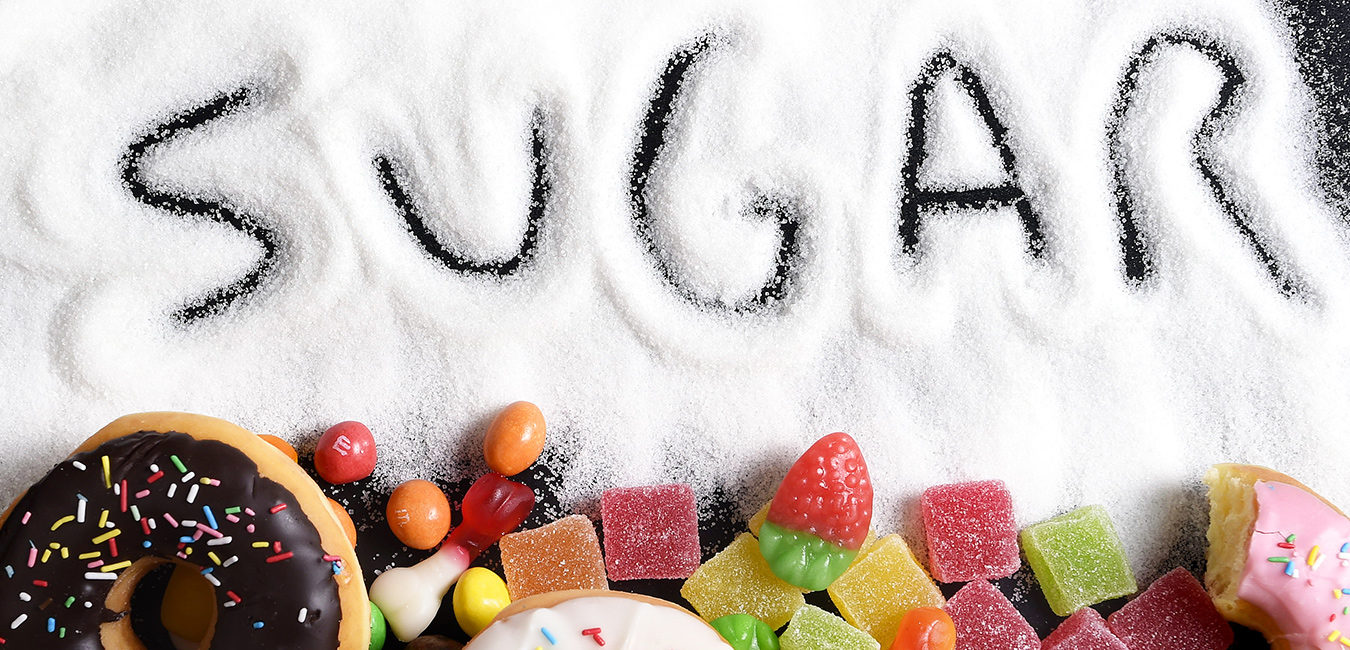Sugar plays a well-known role in the development of obesity and diabetes. But research is beginning to show that it’s also murder on the heart.
Over the 15 years of a Harvard School of Public Health study, those who got 17 percent to 21 percent of their calories from added sugar were 38 percent more likely to die from cardiovascular disease than those who got just 8 percent of their calories from sugar.
The risk rose with the dose or amount of sugar: People getting 25 percent of their calories from sugar experienced a 50 percent greater risk of death from heart woes than those who got less than 10 percent of calories from sugar, regardless of a person’s exercise levels, body mass index (a measure of a person’s size based on height and weight) and age. It didn’t even matter how individuals scored on the Healthy Eating Index, a measure of how well a person’s diet matches recommended dietary guidelines.
Children also face cardiac risks due to high sugar in the diet, which leads to risk factors like weight gain and abnormal cholesterol and triglyceride levels, suggests new research. Adults are getting too many calories from sugar, but children get far more.
Researchers aren’t sure how sugar harms the heart. Consuming too much leads to weight gain, and research suggests that sugar can raise blood pressure. Plus a sugar-laden diet may trigger the liver to release more dangerous fats into the bloodstream and lead to chronic inflammation, both of which contribute to heart disease.
How can you avoid the cardiovascular threats of the typical American diet of sweetened foods? The American Heart Association (AHA) recommends that women get no more than 6 teaspoons or 100 calories a day of sugar and men get no more than 9 teaspoons or 150 calories worth daily. The sugar content on food labels, though, is expressed in grams instead of teaspoons. There are 4 calories per gram of sugar and 4 grams per teaspoon. So if the label says it has 20 grams of sugar, that’s 5 teaspoons, or about 80 calories from sugar. And you’ll notice there is no percentage listed on the nutrition facts label about how much sugar in the product would meet daily dietary recommendations, because food manufacturers know Americans are consuming far too much. So, the AHA is saying that women should consume no more than 24 grams of added sugar a day and men no more than 36 grams daily.
Unfortunately Americans consume 22 to 30 teaspoons, or 88 to 122 grams, sugar a day, much of it sugars and syrups added to foods or beverages when they’re processed or prepared. According to the AHA, added sugars are found in sugar-sweetened beverages and soft drinks, sugars and candy; grain-based desserts such as cakes, cookies, and pies; fruit drinks (fruitades and fruit punch); dairy desserts and milk products including ice cream, sweetened yogurt, and sweetened milk; and other grain-based foods such as cinnamon toast and honey-nut waffles.
But the sweet stuff can also be found in surprising places, such as salad dressings, canned goods, pasta sauces and many breads. In fact 80 percent of food items at the grocery store have added sugar.
To gauge the sugar content of a food item, the nutrition facts label is again your best guide, though you may not see the word “sugar” on the list of ingredients. Look for sugar “aliases” like maltose, dextrose, lactose, fructose and sucrose, as well as molasses, corn sweetener, syrup, honey or fruit juice concentrates. Don’t let the front advertising part of the food label fool you; check the nutrition facts part of the label and see how many grams of sugar is in a serving and then note the serving size. If you’re using more than what it calls a serving, you’re getting even more sugar!
Exercise and a balanced diet, rich in fresh fruits (not juices or canned fruit with added sugars), vegetables and other plant foods, lean protein sources and whole grains, is still your best hedge against heart disease. And cooking from scratch is a good way to avoid added sugars in the food supply. When that’s not possible, some detective work and a little math go a long way.

